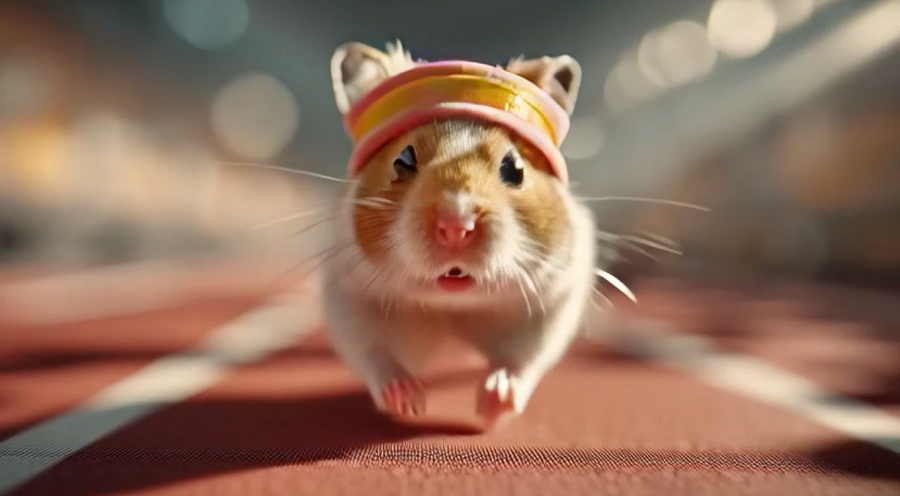Midjourney Inc. today introduced a new artificial intelligence model, V1, that can generate videos up to 21 seconds in length.
San Francisco-based Midjourney launched in 2022 with an initial focus on developing AI image generators. The company’s algorithms are believed to have about 21 million users. It generates revenue by providing access to the models through a subscription-based cloud service.
As part of its service, Midjourney offers a gallery feature that allows users to view their AI-generated images in one place. The gallery now displays a new button below each image that allows users to animate it with the new V1 model. By default, the service generates a five-second clip. Customers can optionally customize the video in various ways.
After generating an initial 5-second video, V1 can be instructed to extend it by four seconds up to four times. That translates into a maximum video length of 21 seconds. Google LLC’s competing Veo 3 model and OpenAI’s Sora currently generate clips up to 20 seconds in length.
Users can have V1 automatically decide how to animate an image or customize the workflow by providing a prompt. If they choose the latter option, two more customization settings are available. According to Midjourney, V1 can be configured to closely align clips with the user’s prompt or add a “creative flair” that introduces new elements.
The manner in which the model generates motion is customizable as well. “Low motion is better for ambient scenes where the camera stays mostly still and the subject moves either in a slow or deliberate fashion,” Midjourney Chief Executive Officer David Holz wrote in a blog post today. “High motion is best for scenes where you want everything to move, both the subject and camera.”
V1 is rolling out two months after Midjourney debuted its newest AI image generator. V7, as the latter algorithm is called, is significantly faster than its predecessor and generates higher-quality images.
AI image and video generators are usually based on a machine learning approach called diffusion. In a diffusion project, developers assemble a collection of images, add noise to each file and then ask an AI model to reconstruct the original images. By repeatedly reconstructing images, the model can learn how to create new ones from scratch.
AI video generators include additional features that typically aren’t available in an image generation model. There’s a so-called temporal module, which makes it possible to keep objects consistent across a clip’s frames. Video generators also include features that allow them to track the order in which the frames should be displayed.
According to Midjourney, V1 is part of a long-term development effort focused on training AI models that can generate interactive 3D simulations. “In order to do this, we need building blocks,” Holz wrote. “We need visuals (our first image models). We need to make those images move (video models). We need to be able to move ourselves through space (3D models) and we need to be able to do this all fast (real-time models).”
Image: Midjourney
Your vote of support is important to us and it helps us keep the content FREE.
One click below supports our mission to provide free, deep, and relevant content.
Join our community on YouTube
Join the community that includes more than 15,000 #CubeAlumni experts, including Amazon.com CEO Andy Jassy, Dell Technologies founder and CEO Michael Dell, Intel CEO Pat Gelsinger, and many more luminaries and experts.
THANK YOU

